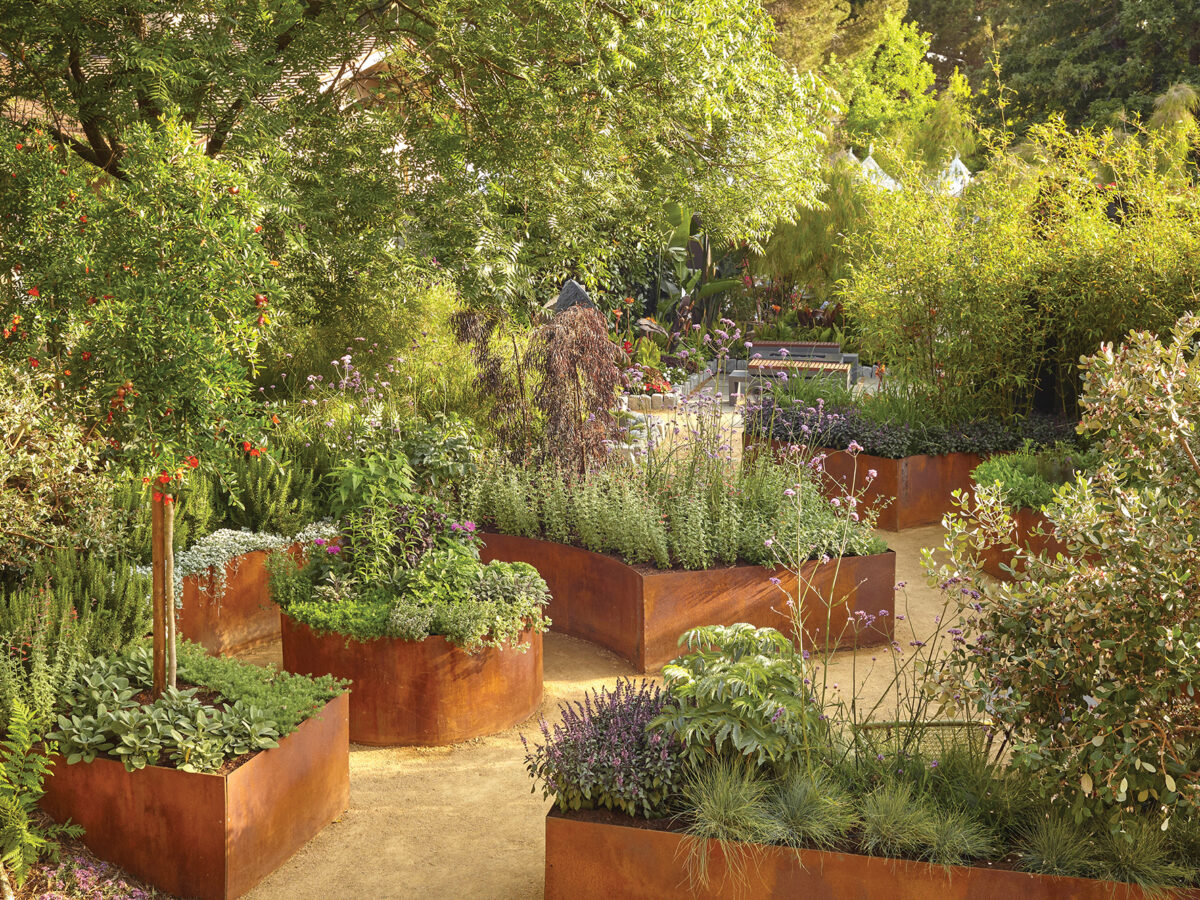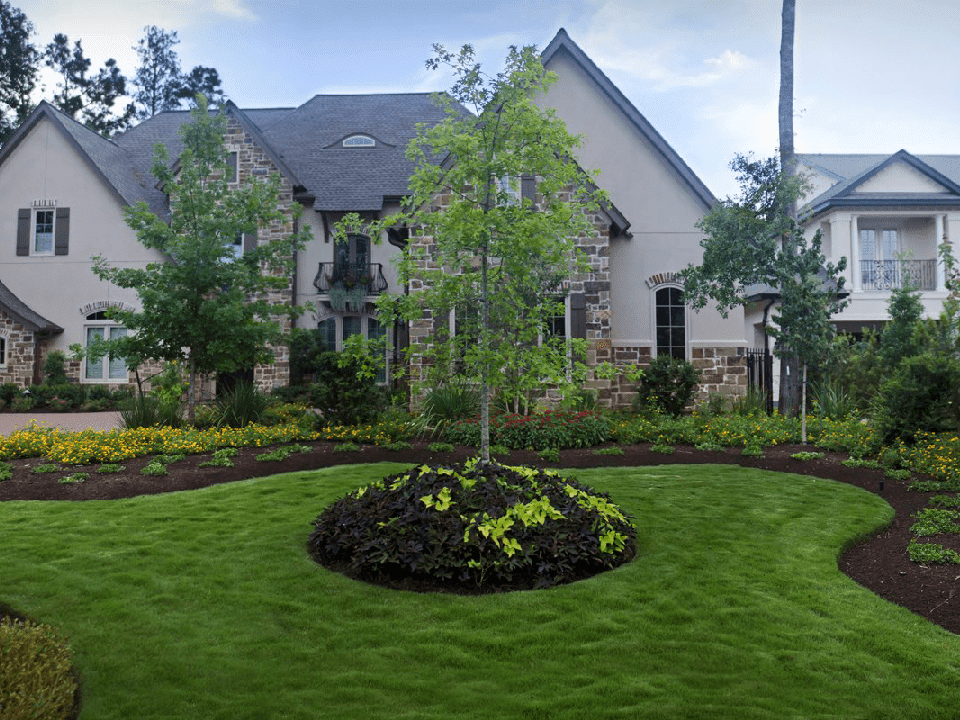Hilton Head Landscapes Fundamentals Explained
Table of ContentsGetting My Hilton Head Landscapes To WorkA Biased View of Hilton Head LandscapesHilton Head Landscapes - An OverviewNot known Details About Hilton Head Landscapes Get This Report about Hilton Head LandscapesMore About Hilton Head LandscapesGetting The Hilton Head Landscapes To Work
Line creates all types and patterns and can be used in a selection of means in the landscape. Line in the landscape is developed by the edge in between 2 materials, the overview or shape of a form, or a lengthy straight function. Lines are an effective tool for the designer because they can be used to produce an infinite selection of forms and forms, and they regulate motion of the eye and the body.

Lines in the landscape. The residential or commercial properties of lines identify just how people react to the landscape, both emotionally and physically.
The Only Guide for Hilton Head Landscapes
Straight lines are most typically located in hardscape sides and product. Rounded lines produce an informal, all-natural, relaxed character that is associated a lot more with nature and unbalanced balance. Bent lines relocate the eye at a slower pace and add secret to the space by creating covert views. Vertical lines relocate the eye up, making an area feel bigger.
Upright lines in the landscape consist of tall, slim plant product, such as trees, or high frameworks, such as an arbor or a bird residence on a pole. Straight lines move the eye along the ground plane and can make a space feel bigger. Reduced lines are a lot more suppressed and develop a sensation of remainder or repose.
What Does Hilton Head Landscapes Mean?
Reduced lines are developed by low yard wall surfaces, walkways, and short bushes. Lines are used to draw forms on a plan. In plan sight, they define plant beds and hardscape locations. Lines are also developed by the vertical kinds of built features and plant product. There are 3 main line kinds that create kind in the landscape: bedlines, hardscape lines, and plant lines.
Bedlines link plant product to your home and hardscape due to the fact that the eye follows the line, relocating the stare through the landscape. Hardscape lines are produced by the side of the hardscape, which delineates the developed framework. Line can also be created by long and slim materials, such as a fence or wall surface.
An Unbiased View of Hilton Head Landscapes
Kind is located in both hardscape and plants, and it is normally the leading visual element that spatially organizes the landscape and typically figures out the design of the garden. The form of structures, plant beds, and garden ornaments also figures out the general type motif of the yard. Formal, geometric types consist of circles, squares, and polygons.
Plants develop kind in the yard via their lays out or silhouettes, yet kind can additionally be specified by a space or unfavorable area in between plants - bluffton landscaping (https://fliphtml5.com/homepage/yoptk/stevenagonzales/). Circles can be cycles, or they can be separated right into half circles or circle sectors and incorporated with lines to create arcs and tangents
Getting The Hilton Head Landscapes To Work
Circles are a solid layout kind because the eye is always drawn to the center, which can be made use of to stress a focal point or attach other kinds. Circular forms in hardscape and grass panels.
The square type can likewise be fractional and secondhand repeatedly to produce a grid pattern. Unlike circles, squares are stronger on the sides, which can be lined up or overlapped to develop unique patterns and more complicated forms.
Meandering lines usually simulate the all-natural training course of rivers or streams and can be called smooth lines with deeply rounded wavinesses. Twisting lines (Number 3) work well for paths, plant bedlines, and completely dry stream beds. Meandering lines can include rate of interest and enigma to a garden by leading see viewers around corners to discover new sights and areas.
A Biased View of Hilton Head Landscapes

Typical plant forms are well developed and standard, as type is the most consistent and well-known attribute of plants. Kind can also be produced through the massing of plants, where the overall mass develops a various kind than an individual plant.
A very contrasting type must be utilized with careone or more job well as a prime focus, but way too many create turmoil. Natural plant forms, rather than over-trimmed kinds, should establish the mass of the make-up. The relevance of overall form is essentially based on the seeing perspectivethe type of a tree can show up rather various to an individual standing under the cover versus viewing the tree from a distance in an open area.
The 30-Second Trick For Hilton Head Landscapes
Plant types additionally produce and define deep space or open rooms between the plants, producing either convex or concave types in deep spaces. High-arching tree branches normally produce a concave open room under the branches, and a round canopy with reduced branches fills up the space to produce a convex type outdoors room under the tree.

Comments on “Not known Details About Hilton Head Landscapes”